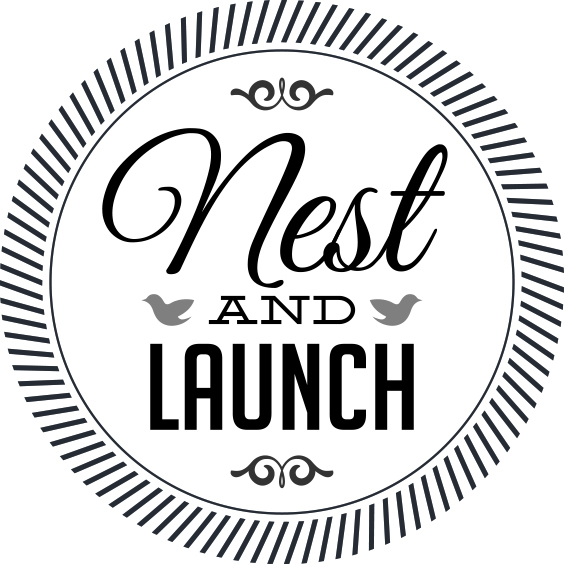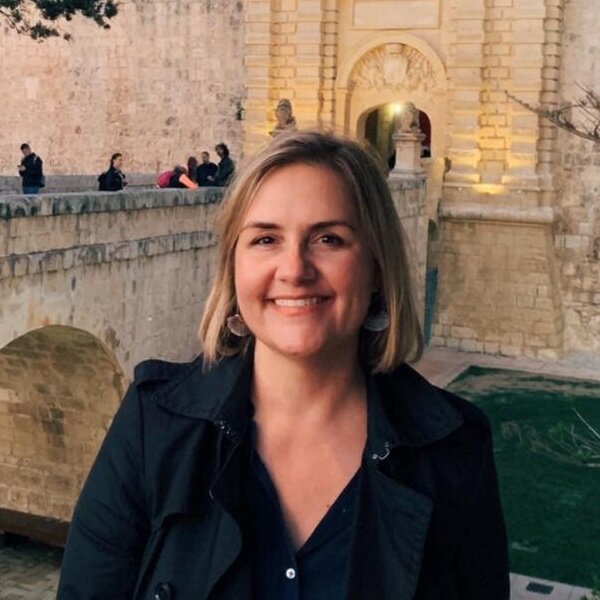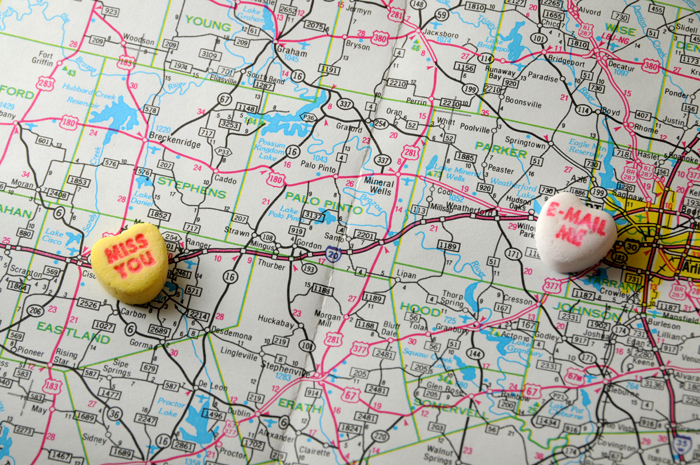Two for Flinching
/The study described in "Two for Flinching: Children's and Adolescents' Narrative Accounts of Harming Their Friends and Siblings" in this month's Child Development caught my eye, partly because I remember that two for flinching game, partly because I do always appreciate a catchy research article title, and also because the topic is one most of us can relate to, from both childhood and parenthood perspectives. Researcher Holly Recchia and colleagues asked 34 seven-year-olds, 33 eleven-year-olds, and 34 sixteen-year-olds to describe specific incidents where they caused harm or upset to a friend and a specific time when they caused harm or upset to a sibling. Then they compared the desciptions of harming in friendship with those between siblings to see what they could learn about the kids' experiences. Here's what they found:
In friendships:
- Children especially show heightened moral concern for others within friendships, probably because they are relationships that are earned and can be jeopardized by harming and hurting behavior. Compared with sibling conflict, within friendships children seem more able to control both their own harming of others and their responses to others' harming of them.
- Compared to siblings, harm or upset between friends was more often based on "relationship-centered concerns" including trust building and connectedness. The most frequent reason for harm between friends had to do with hurting feelings due to sharing (or not sharing) time together, as in something like "I think I hurt my friend when I didn't hang out with her between classes but instead played sports with another group of people."
- Harming experiences with friends can teach children and teens that it's not always possible to anticipate what harm you may cause even if you don't intend it.
In sibling relationships:
- Harming (as you might expect) between siblings was more "ruthless" and "uninhibited," possibly because of the frequency of interactions and also because the nature of the relationship is given (a sister stays your sister, even if you harm her) rather than earned ( a friend might stop being your friend if you harm her). One boy said "I learned this thing from my friends, like when you make somebody flinch, you punch them twice and say "two for flinching." So I did that to her and I just kept doing it and doing it and doing it."
- Sibling harming typically happened intentionally and was triggered by either explicitly offensive behavior like teasing or over the sharing of things and property disputes.
- Children described their harmful behavior as a result of anger or loss of control and was more often provoked.
- More often than with friends, siblings responded to being harmed with stronger, more emotionally intense reactions: escalating behvavior, crying, anger.
- Children understand and recognize the cyclical pattern of escalation in harming siblings and know that these patterns are problematic.
- As children got older, the differences between treatment of friends and siblings because more similar as adolescents become less careful about upsetting friends and as relationships with siblings mellow.
- Harming in siblings interactions can give important feedback to kids and adolescents about what is and is not tolerated, especially since siblings are typically not shy about reacting to harm.
Take away messages for parents:
- Handling situations of harm or upset actually may be an important part of children's moral development; it's certainly not something to seek out but when it happens, it can be framed and used for learning. The relationship settings--either between friends or siblings--can provide different and complementary lessons.
- The feedback that children and adolescents receive from their siblings and parents is particularly helpful in helping them form moral judgment and understand the negative consequences of behavior.
- Parents can help children process the situations--and understand the intense feelings of anger that provoked the behavior as well as the remorse or regret that can accompany times where the harm is more harsh, ruthless, or intentional.
- It gets better, typically. As children age, the sibling conflict mellows. For example, 16-year-olds were more likely to refer to their siblings' sadness than that of their friends, whereas for 7-year-olds the reverse was true.
What do you think?
p.s. And, come on, how could I resist this especially illustrative description by the Deschanel sisters?



















